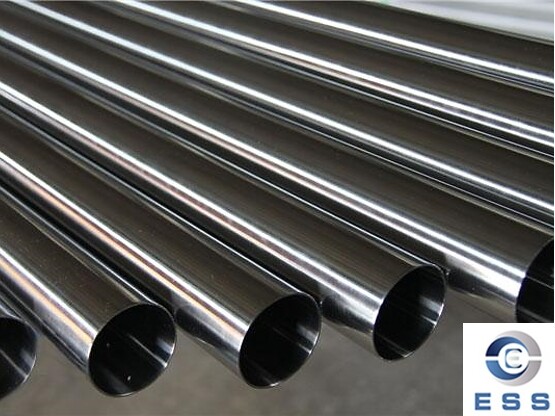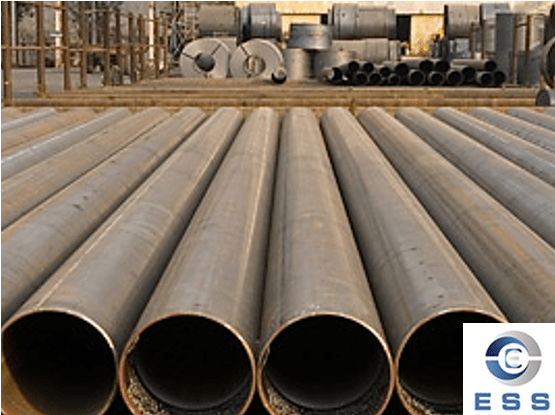
What Is The Hardness of Stainless Steel Precision Tube?
The hardness of stainless steel precision
tube is usually between 150 and 220 HB (Brinell hardness), depending on its
alloy composition, heat treatment process and degree of cold working. This
numerical range is based on industry standards and professional test data.
Stainless steel precision tubes are widely
used in many industrial fields due to their excellent corrosion resistance and
good mechanical properties, such as hydraulic
tubes, boiler
tube, etc. . Hardness, as one of the important indicators to measure its
mechanical properties, is crucial to ensure product quality and meet specific
application requirements.
Relationship between hardness and
performance
The hardness of stainless steel precision
tubes is closely related to its mechanical properties such as wear resistance
and tensile strength. Generally speaking, steel tubes with higher hardness have
better wear resistance and tensile strength, and are suitable for applications
with greater loads and friction. However, too high hardness may also increase
the brittleness of the material and reduce its impact toughness. Therefore,
when selecting stainless steel precision tubes, various performance indicators should
be considered comprehensively according to specific application requirements.
Hardness range of stainless steel
precision tubes
The hardness of stainless steel precision
tubes is usually between 150 and 220 HB. This numerical range is based on
extensive industry testing and standards and represents the typical hardness
performance of this type of material under normal conditions. It should be
noted that the specific hardness may vary depending on the manufacturer,
product batch and test conditions.
Factors affecting hardness
1. Alloy composition
The content of alloying elements such as
chromium, nickel, and molybdenum in stainless steel directly affects its
hardness. Generally speaking, the higher the content of alloying elements, the
harder the material will be. For example, in the manufacture of the
high-strength seamless
pipe, the content of alloying elements will be appropriately increased to
improve hardness and strength to meet the needs of specific projects.
2. Heat treatment process
During the heat treatment process, the
selection of process parameters such as quenching and tempering will
significantly change the microstructure of stainless steel, thereby affecting
its hardness. Different heat treatment processes can make stainless steel
precision tubes meet different hardness requirements to ensure the reliability
and stability of steel pipes in pipeline systems.
3. Cold working degree
Cold working such as cold rolling and cold
drawing will cause plastic deformation of stainless steel materials, thereby
increasing their hardness. When manufacturing some high-precision steel pipes,
appropriate cold working processes can improve the hardness and dimensional
accuracy of the pipes to meet the application requirements in mechanical
structural parts, chemical pipelines and other fields.
International standards for stainless
steel hardness
1. ASTM E10
The ASTM E10 standard is mainly aimed at
Brinell hardness testing, and clarifies the specific steps of the test steel
ball diameter, load application and indentation measurement. The application of
this standard can ensure the accuracy and consistency of the hardness test data
of stainless steel precision tubes.
2. EN ISO 6506
The EN ISO 6506 standard is also applicable
to Brinell hardness testing, and specifies requirements such as sample
preparation, test conditions and data processing. Although it is different from
ASTM E10 in specific parameters, its core goal is to ensure the comparability
and reliability of test results.
Hardness test method
The hardness of stainless steel precision
tubes is usually tested by a Brinell hardness tester. This method uses a steel
ball to press into the material surface under a certain load, and calculates
the hardness value by measuring the indentation diameter. The Brinell hardness
test has the advantages of simple operation and reliable results, and is widely
used in industrial production.
Summary
The hardness of stainless steel precision
tubes is usually between 150 and 220 HB, which depends on the alloy
composition, heat treatment process and cold working degree. The Brinell
hardness test method is used in accordance with international standards such as
ASTM E10 and EN ISO 6506 to ensure the accuracy and consistency of the test
data. Hardness not only affects wear resistance and tensile strength, but also
affects the brittleness and impact toughness of the material. It is an
important indicator for measuring product quality and performance.
Read more: Stainless Steel Precision Tube Specification List or What Is A Stainless Steel Precision Tube?













 Eastern Steel Manufacturing Co.,Ltd not only improve product production and sales services, but also provide additional value-added services. As long as you need, we can complete your specific needs together.
Eastern Steel Manufacturing Co.,Ltd not only improve product production and sales services, but also provide additional value-added services. As long as you need, we can complete your specific needs together.










